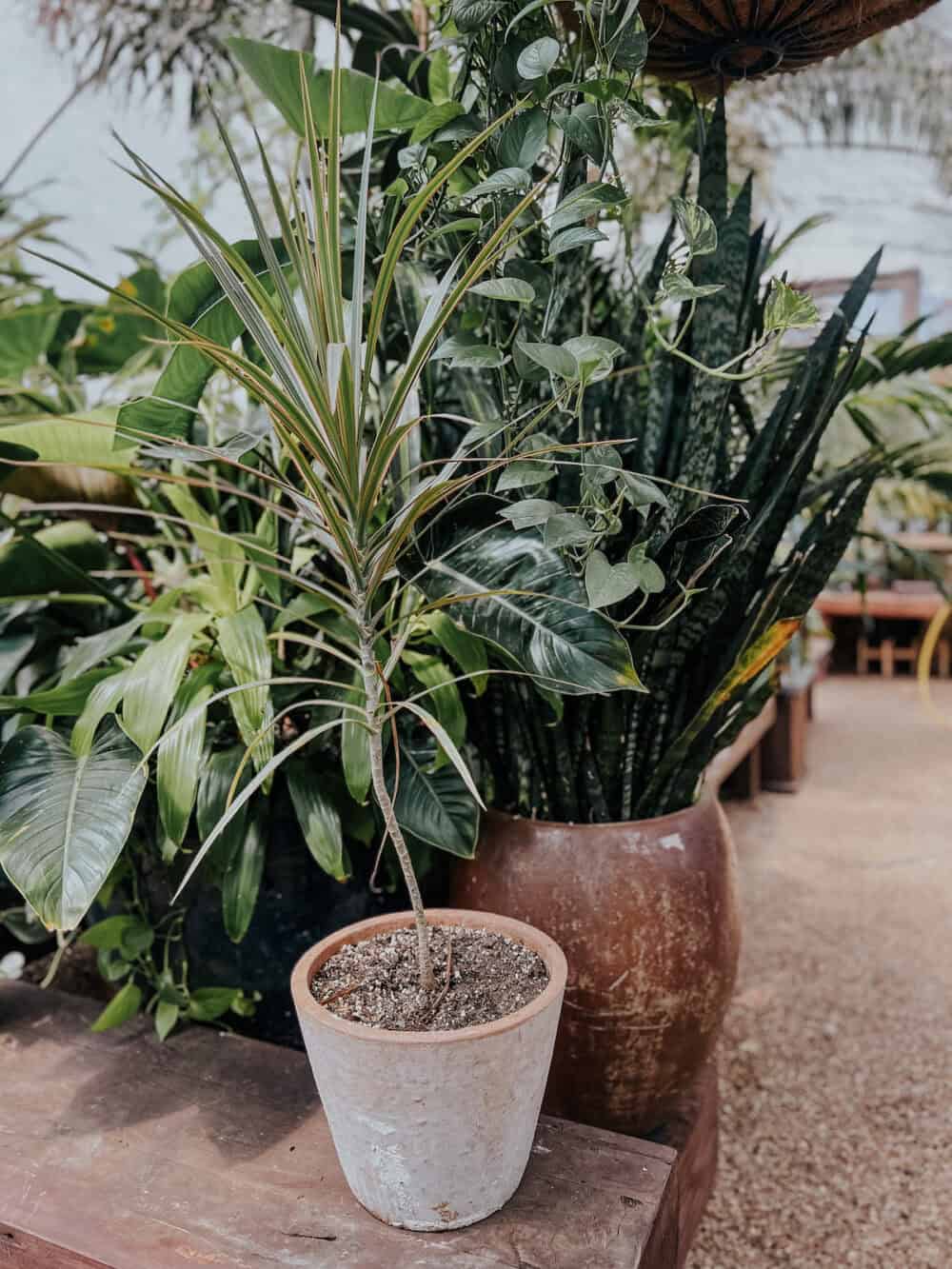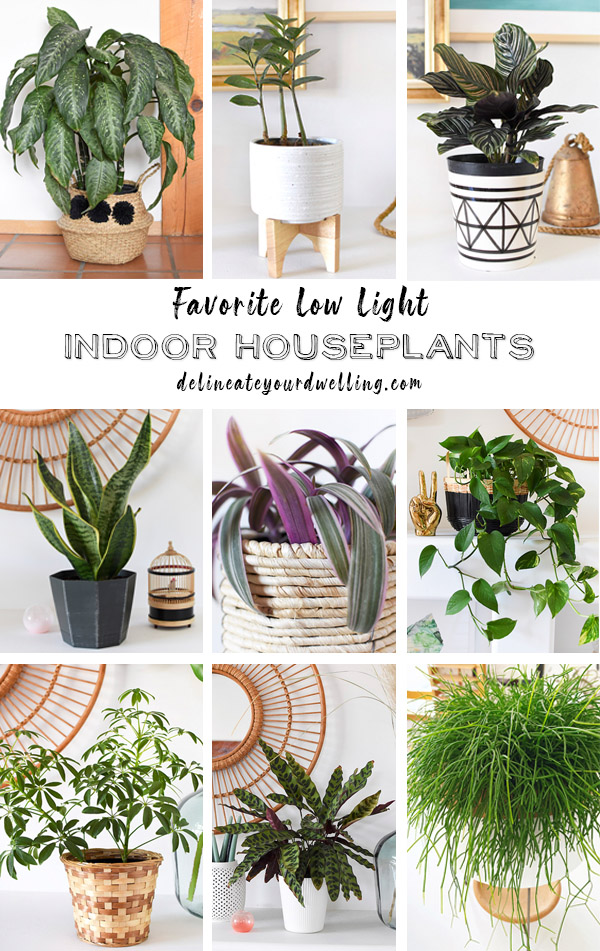Best Low-Light Indoor Plants for Those with Limited Natural Light in Their Homes
Best Low-Light Indoor Plants for Those with Limited Natural Light in Their Homes
Blog Article
Reveal the Keys of Low-Light Indoor Plants and Just How They Boost Your Environment
Low-light indoor plants have amassed boosting focus for their special capability to improve both visual appeal and environmental quality within work environments and homes. These durable types, consisting of the Snake Plant and Peace Lily, not just prosper in tough illumination conditions but additionally play an essential duty in air purification and emotional health.
Benefits of Low-Light Indoor Plants
Although several individuals assume that interior plants call for bountiful sunshine to flourish, low-light interior plants use a wide range of advantages that make them suitable for different settings. One of the key benefits is their adaptability; they can thrive in spaces with minimal all-natural light, such as workplaces, basements, or areas with little windows. This function enables people to improve their environments with greenery, adding to improved aesthetics without the requirement for substantial lights modifications.
In addition, low-light interior plants can considerably improve interior air high quality by launching and filtering harmful contaminants oxygen, making living rooms healthier. The visibility of plants has been connected to greater feelings of tranquility and emphasis.
Additionally, low-light plants usually need much less maintenance than their sun-loving equivalents, making them suitable for active individuals or those brand-new to horticulture. Their strength allows them to love very little intervention, thus giving a gratifying experience for plant lovers and newbies alike. In recap, low-light indoor plants offer both useful and aesthetic functions, making them useful additions to any type of room.
Top Low-Light Plant Selections
Low-light indoor plants can be found in a variety of types, each offering one-of-a-kind features and benefits fit for dark settings. Amongst the most preferred ranges is the Serpent Plant (Sansevieria), known for its air-purifying capacities and building leaves. This resilient plant grows on disregard and can tolerate a variety of light conditions.
An additional excellent choice is the ZZ Plant (Zamioculcas zamiifolia), which features glossy, dark environment-friendly fallen leaves and is very drought-tolerant. Its adaptability makes it a favored for offices and homes with limited sunlight.
The Pothos (Epipremnum aureum) is also a leading contender, with its tracking vines and heart-shaped leaves - Best low-light indoor plants. This flexible plant can be educated to climb or cascade, adding aesthetic interest to any space

Care Tips for Low-Light Plants
Looking after low-light interior plants requires a nuanced understanding of their certain requirements to guarantee optimal development and vigor. It is important to pick the best potting mix, as a well-draining dirt is vital to prevent root rot. A mix developed for houseplants, usually consisting of peat moss and perlite, works well for many low-light selections.
Watering is one more key facet of treatment. Low-light plants generally need much less frequent watering contrasted to their sun-loving equivalents. It is advisable to inspect the top inch of soil; if it feels dry, it's time to water. Overwatering can result in complications such as mold and origin decay.
Fertilization must be approached with caution. During the expanding season, a diluted liquid fertilizer can be used monthly, but in winter season months, many low-light plants go into dormancy and require little to no fertilization.
Lastly, it is necessary to occasionally clean up the leaves to get rid of dust, enabling far better light absorption. By sticking to these treatment suggestions, you can cultivate a flourishing atmosphere for your low-light interior plants, enhancing both their appearance and durability.
Enhancing Air High Quality With Plants
Interior plants play a substantial role in enhancing air high quality within homes and office. Via the process of photosynthesis, these plants take in carbon dioxide and launch oxygen, adding to a healthier ambience. Additionally, certain low-light interior plants have the capability to filter unsafe toxins, such as trichloroethylene, formaldehyde, and benzene, which are frequently located in indoor environments.

Moreover, the visibility of indoor plants can raise humidity degrees, which assists alleviate dry skin and respiratory system problems, better improving general health. This ability to enhance air quality not just advertises physical health and wellness yet likewise sustains psychological wellness.
Including low-light indoor plants right into your living and functioning spaces visit here can cause an extra lively and invigorating environment (Best low-light indoor plants). Purchasing these all-natural air cleansers is a simple yet effective method for boosting interior air high quality and promoting a healthier way of life
Producing a Serene Indoor Area
The combination of plants right into living areas not only enhances air top quality but also adds to a tranquil ambience. Low-light interior plants, such as serpent plants and pothos, are especially reliable in developing a serene setting, as they flourish in problems that may otherwise be unwelcoming for other greenery. Their rich vegetation gives a soothing visual, minimizing anxiety and promoting relaxation.
Incorporating these plants into your home or workplace can stimulate a sense of tranquility and wellness. Purposefully putting them in areas where you spend substantial time, such as living offices or spaces, enables for an immersive experience with nature, which has been revealed to enhance mood and cognitive function.
Furthermore, the mild motion of fallen leaves in feedback to air flow can create a vibrant aesthetic element that boosts the general setting. Take into consideration making use of a selection of plant heights and appearances to add depth and interest to your room. With thoughtful placement and care, low-light interior plants can transform any location into a calm refuge, fostering not just aesthetic contentment yet likewise psychological and mental wellness.

Final Thought
Including low-light interior plants right into numerous settings returns considerable advantages, consisting of boosted air top quality and boosted visual allure. her comment is here The transformative power of low-light plants emphasizes their worth in boosting both occupational and residential settings.
Although many individuals presume that indoor plants need abundant sunshine to thrive, low-light interior plants provide a plethora of benefits that make them ideal for various environments.Additionally, low-light indoor plants can significantly boost interior air high quality by filtering system dangerous toxins and launching oxygen, making living areas healthier. In addition, specific low-light interior plants have the ability to filter dangerous pollutants, such as trichloroethylene, benzene, and formaldehyde, which are typically located in interior environments.
Low-light indoor plants, such as snake plants and pothos, are specifically reliable in developing a serene environment, as they flourish in problems that might or else be unwelcoming for various other plant.Incorporating low-light indoor my explanation plants into various atmospheres yields considerable benefits, including enhanced air high quality and improved visual allure.
Report this page